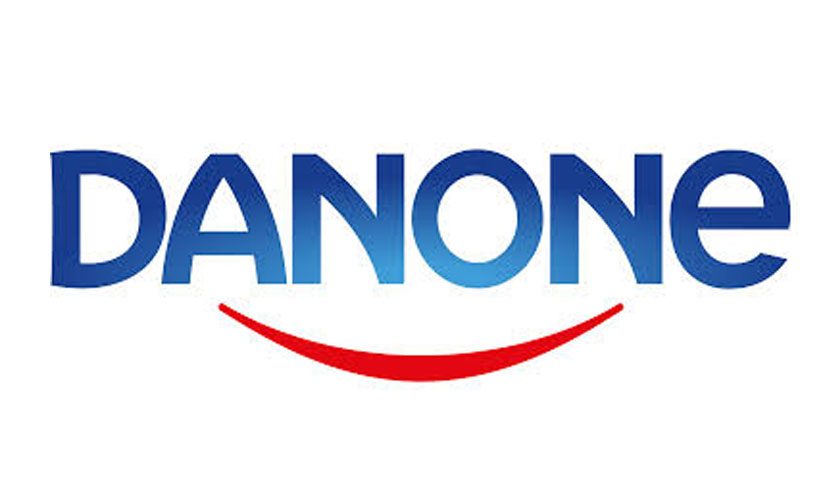Danone announces a series of new commitments and actions to ensure its packaging will become 100% circular, and to accelerate the global transition towards a circular economy of packaging. This includes (1)initiatives to improve product design and develop alternative delivery and reuse models, (2) investments to develop effective, efficient and inclusive systems for increased collection and recycling, to boost recycling and (3) actions to preserve natural resources by reintegrating recycled materials into our packaging and developing use ofrenewable materials.
Emmanuel Faber, Chairman and CEO of Danone said:“We believe the time is now to step up and accelerate,embrace our responsibility and work with others to engage a radical shift that will help free the world from packaging waste. We will be acting both at global and local level to ensure circularity of packaging becomes the new norm. Today, we are announcing a seriesof investments and commitments that – I believe – will have aconcrete impact. These will be amplified as we collaborate with industry-peers, governments, NGOs, start-ups and the finance sector; harness new technologies andinvest in new solutions.”
Danone will accelerate transition towards circular economy of packaging in three ways:
1. Packaging designed for circularity
Danonecommits to ensure that allits packaging is designed to be 100% recyclable,reusable or compostable by 2025. Moreover, the company will develop alternative delivery models or new reuse models where relevant,and take action to eliminate problematic or unnecessary plastic packaging.
Already 86% of our packaging is recyclable, reusable or compostable, and 50% of our water volumes are sold in reusable jugs. At evian®, where our bottles are already 100% recyclable, we have also piloted an innovation to eliminate non-recyclable shrink film formultipacks using specially designed adhesive and tape handles.
At the same time, we acknowledge we can, and should, do more. As part of our efforts, we will launch alternatives to plastic packaging or single-use packaging in all our major water markets by 2025; and we are assessing alternatives to plastic straws througha pilot program to be launched in2019, by our AQUA brand in Indonesia.
2. Reused, recycled and composted in practice
Danone recognizes that design won’t be enough to make its packaging fully circular. Effective collection and recycling systems are essential to ensuring packaging is recycled, reused or composted in practice.
To achieve this, we will activelyhelp to meet, or go beyond, the collection targets set by regulators,such as the minimum 90% collection target for beverage bottles expected to be set in the EU for 2025. To do this, we will support the most effective publicly organized collection and recycling systems, including Extended Producer Responsibility and Deposit Return Scheme systems, when relevant.
We will also invest in private initiatives that strengthen circular infrastructure, especially in countries where formal systems are absent or in development, or where there is a high risk of leakage into the environment. By 2025, Danone will have initiated or supported collection and recycling initiatives in every one of our top 20 markets (representing around 90% of sales).
Our AQUA brand has pledged to recover more plastic than it uses in Indonesia, including through interception of marine littering. We have already invested $5.25 million USD in the Closed Loop Fund, a voluntary private initiative that develops large scale recycling infrastructure and sustainable manufacturing technologies in the United States. We are looking to invest in similar initiatives, for instance through Circulate Capital in South East Asia.
From Argentina to Mexico, Ghana to Indonesia, we already act to develop collection and recycling infrastructure by supporting waste pickers to establish a network of recycling business units that keep plastic in the economy and out of the environment.
3. Preservation of natural resources
Transitioning to a circular economy means seeking to no longer use packaging from finite resources. This helps preserve natural resources and keep existing packaging materials in use and out of nature.
Using recycled content is a key component ofthis. Today, we use 14% of recycled PET on average in our waterand other beverage bottles; by 2025,we will increase this amount to 50%. Our evian® brand already contains 30% recycled plastic (rPET) on average, and intends to reach 100% by 2025. We recently launched our first 100% recycled PET bottle with the Lanjaron Red natural mineral water brand in Spain. We will launch additional
100% recycled PET bottles, reaching all major water markets by 2021.
1 According to Ellen MacArthur Foundation definitions / Total packaging put on the market, based on sales volumes.
2 In countries where allowed (exception of
Turkey and China)
In parallel, we will develop the use of renewable, bio-based materials. We have a joint project with Nestle, PepsiCo and Origin Materials to bring the first 75% bio-based bottle tocommercial scale by2021, aiming to launch 100% bio-based bottles by 2025.
New alliances to address the root causes ofplastic waste and pollution
Collaboration is the cornerstone of success when it comes to circular economy. That is why we intend to keep driving collaboration both at global and local level.
As part of this effort, we will join others making a global commitment, led by the Ellen MacArthur Foundation, in collaboration with UN Environment Program, other businesses, NGOs and governments, to address plastic waste and pollution. Details will be announcedat the Our Ocean Conference in Bali later this month.
Dame Ellen MacArthur, founder of the Ellen MacArthur Foundation, declared: “By looking at the whole system, from product design to developing new reuse models and collaborating with others, these commitments set Danone up to take important steps towards circularity. Commitments like those announced today can help drive the global momentum neededto create a circular economy for plastics that stops them from becoming waste and pollution. Now is the time to make it happen.”


